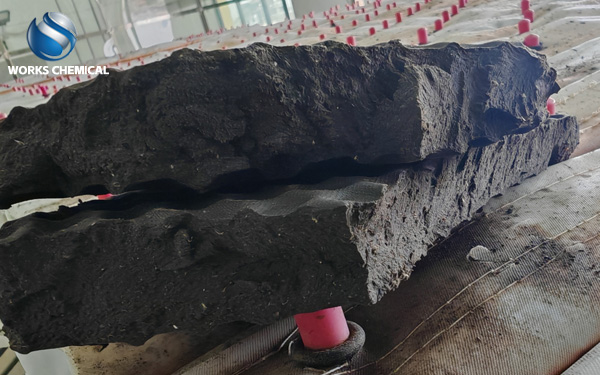
I. Industry Pain Points and Technological Breakthrough Demands for Printing and Dyeing Sludge Treatment

The dyeing and printing industry, as a typical high-water-consuming and high-pollution industry, faces dual challenges in sludge treatment. According to the "Guidelines for Environmental Compliance of Printing and Dyeing Enterprises" issued by the Ministry of Ecology and Environment, the moisture content of sludge must be reduced to below 60% before it can be resourcefully disposed of. However, traditional mechanical dewatering technology can only reduce the moisture content of sludge to 80%-85%, resulting in high treatment costs. Take a dyeing and printing industrial park that processes 50,000 tons of wastewater per day as an example. If a belt filter press is adopted, the annual cost for sludge disposal will exceed 10 million yuan.
The particularity of printing and dyeing sludge lies in its complex composition, containing a large amount of dye molecules (such as azo dyes), residual auxiliaries (such as surfactants), and heavy metals (chromium, zinc, etc.). These substances form a stable colloidal system, resulting in a specific resistance of the sludge as high as 1.8×10¹³ m/kg, far exceeding that of municipal sludge. The sludge enhancer, through surface structure modification technology, reduces the specific resistance of sludge to 0.5×10¹² m/kg, thus breaking through the technical bottleneck of dewatering of printing and dyeing sludge.
Ii. Mechanism of Action and Process Optimization of Sludge Efficiency Enhancers
The synergistic effect of chemical conditioning
Double electric layer compression: Polyaluminium chloride hydrolyzes to form Al₁₃O₄(OH)₂₄⁷+ polynuclear complex, neutralizing the negative charge on the surface of sludge particles, and the ζ potential drops from -35mV to -5mV.
Organic polymer bridging: The molecular chains of cationic polyacrylamide extend, forming a network structure that wraps around sludge particles.
Special functional components: The cell wall breaking agent contained can decompose extracellular polymers and release bound water. Experimental data show that the capillary water absorption time (CST) of sludge was shortened by 70% after use.
2. Equipment collaboration and parameter optimization
High-pressure plate and frame filter press process: By combining sludge enhancers, the feed pressure is increased from 0.8MPa to 1.2MPa, and the pressing time is shortened by 50%.
Intelligent dosing system: Through the linkage of online sludge concentration monitoring (SS instrument) and automatic dosing device, the accuracy of chemical dosage is improved by 30%.
Iii. Industry Development Trends and Technological Prospects
Composite development: After the application of sludge efficiency enhancers, the dual goals of sludge reduction (30%) and improved dewatering efficiency are achieved.
Intelligent control: By integrating online sludge concentration monitoring (such as SS meters) with the automatic dosing system, precise regulation of the dosing amount is achieved.
Full-process optimization: By integrating the anaerobic digestion process, the application node of the enhancer is moved forward to the digestion tank, simultaneously enhancing the gas production rate and dehydration performance.
The technology of sludge enhancers has broken through the traditional "chemical agent piling" model and is developing towards functional integration and controllable reactions. In the printing and dyeing industry, through a full-chain solution of "sludge efficiency enhancer + deep dewatering + resource utilization", enterprises can reduce sludge treatment costs by more than 40%, while meeting strict environmental protection requirements and providing technical support for the green transformation of the industry.